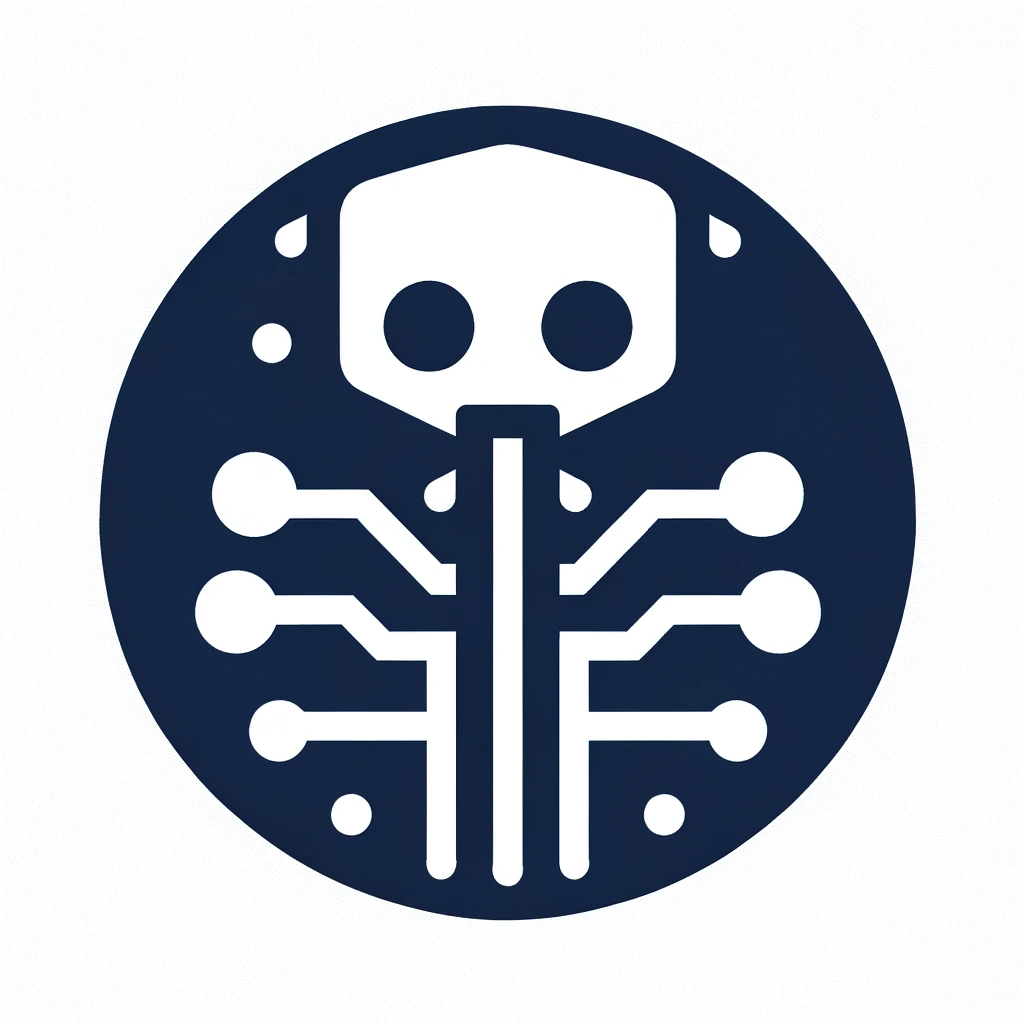Audio Presented by

Netizenship is internet citizenship. We publish academic research on digital rights of online community members.
Story's Credibility

About Author
Netizenship is internet citizenship. We publish academic research on digital rights of online community members.